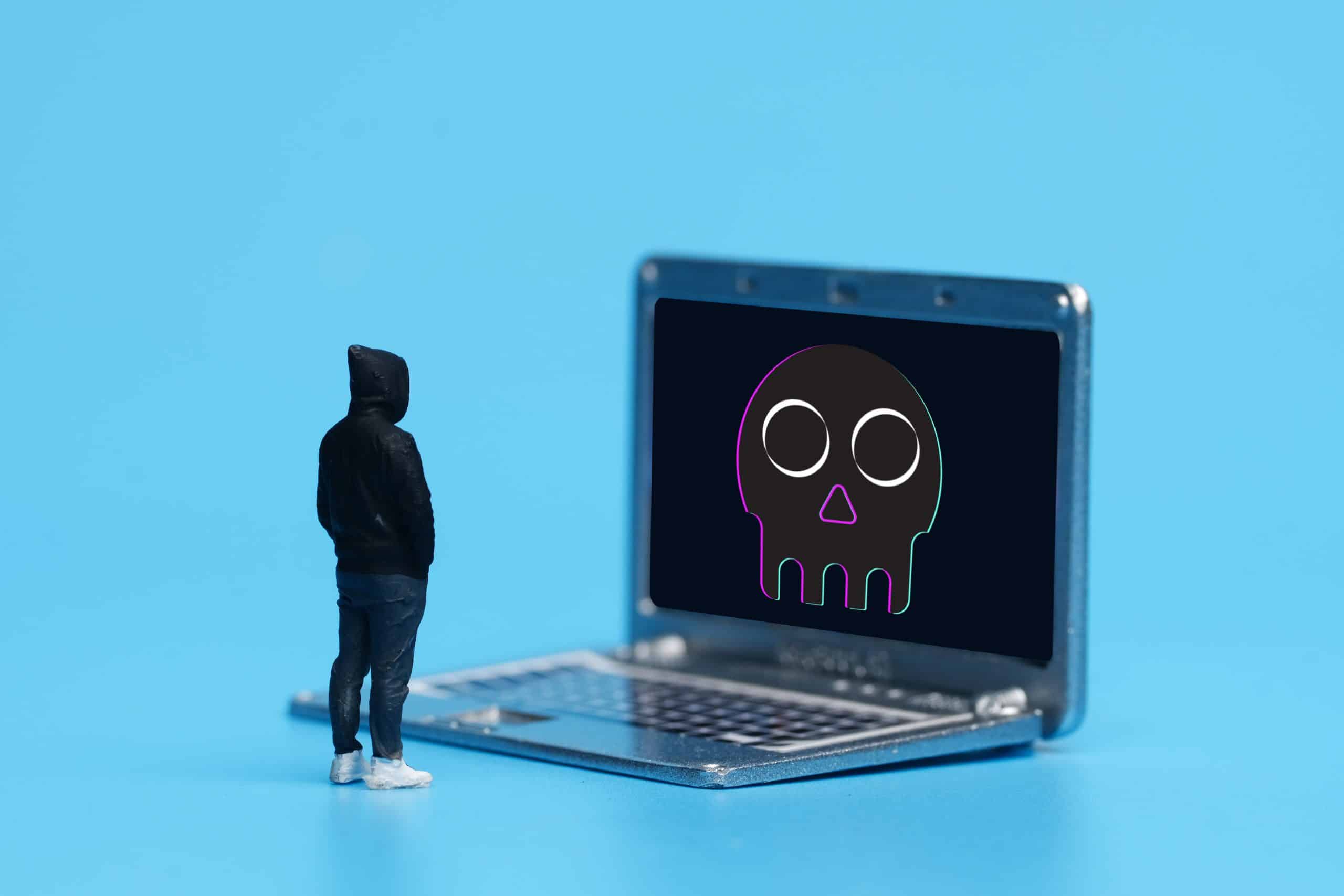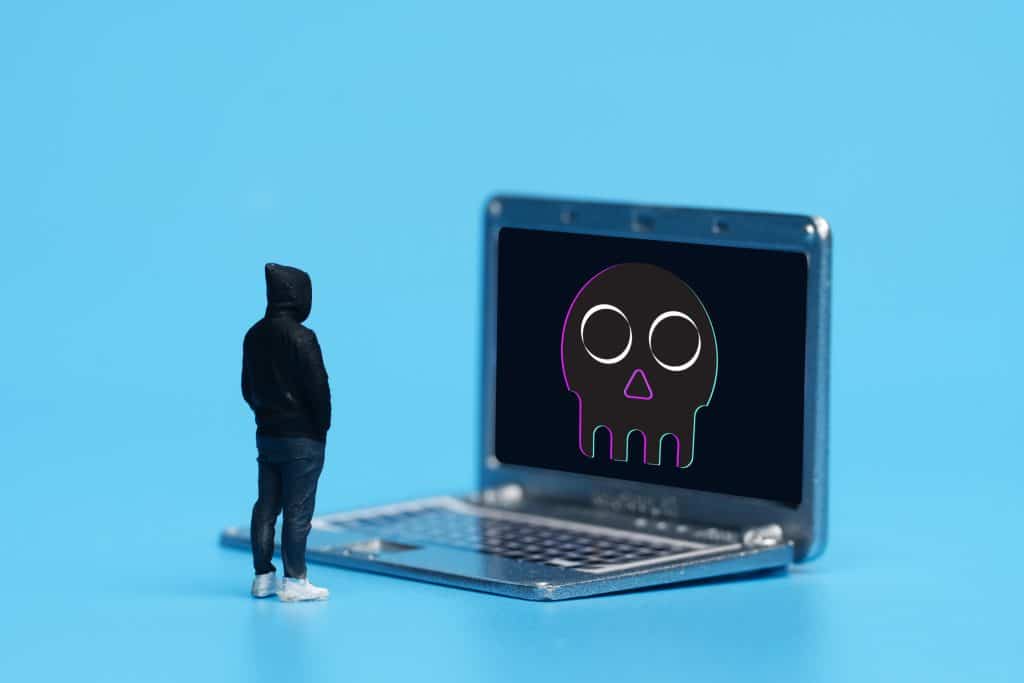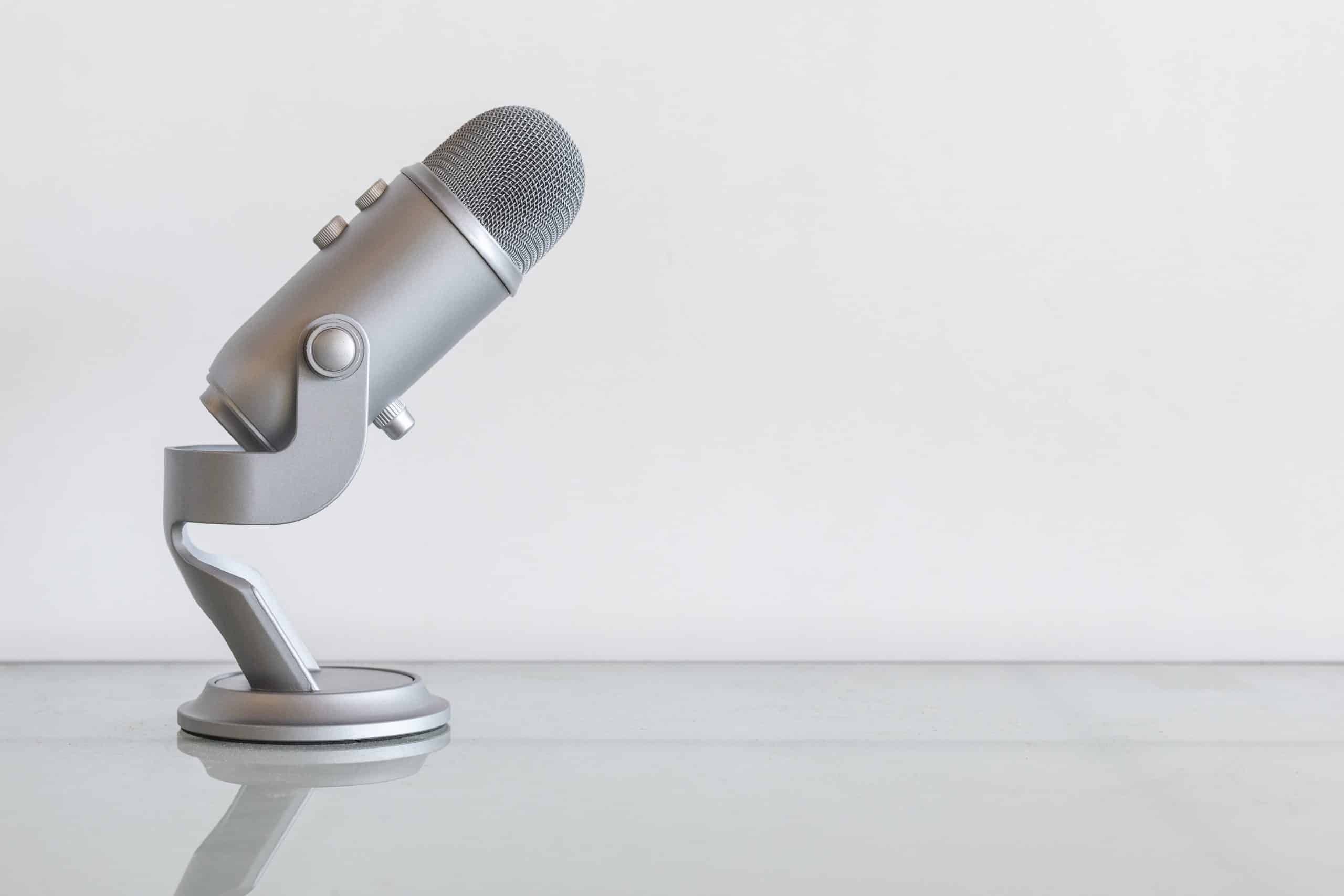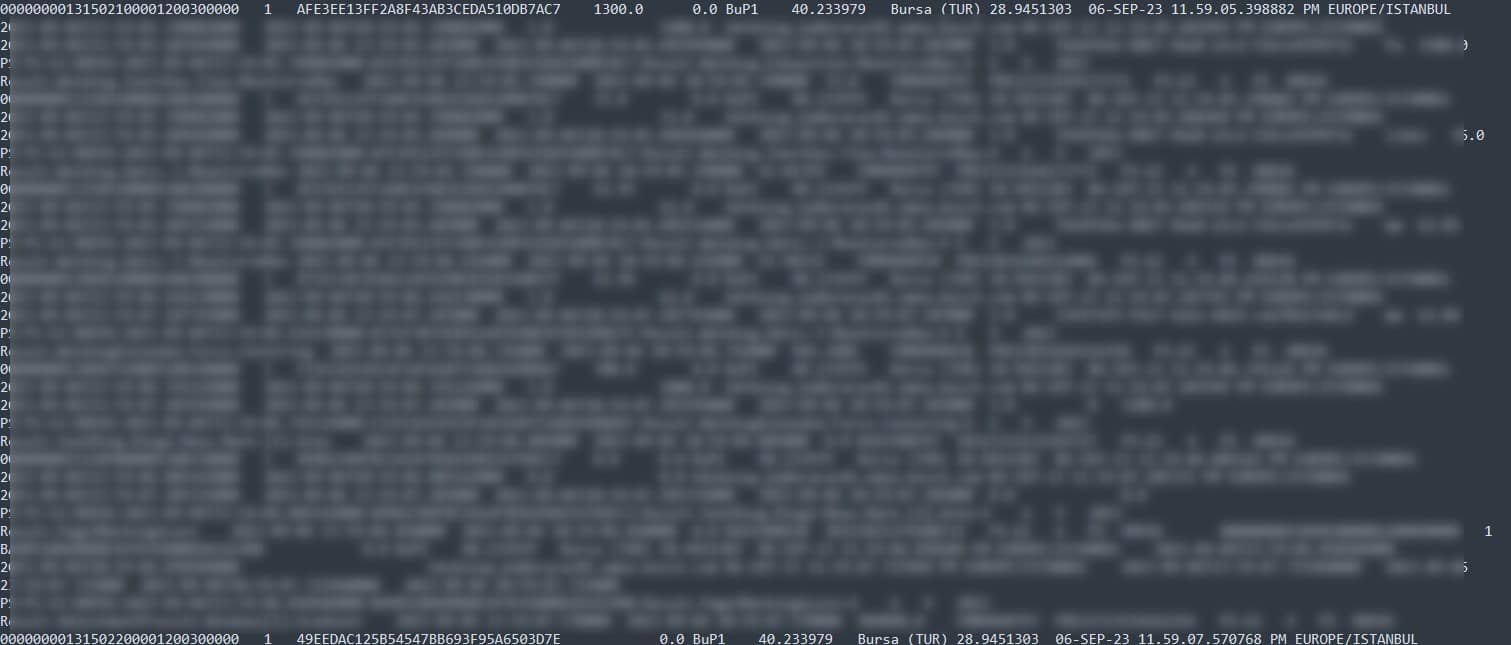How to Delete Imunify360 Malware Scan Results

How to Delete Imunify360 Malware Scan Results
1. Introduction
In the fast-paced world of web hosting and server management, maintaining a secure environment for your websites is paramount. Malware infections, security breaches, and server vulnerabilities can all compromise the integrity of your online presence, damage user trust, and potentially lead to severe financial or reputational damage. One widely adopted security solution that helps detect and mitigate these risks is Imunify360. Developed by CloudLinux, Imunify360 combines a robust set of features—firewall protection, malware scanning, proactive defense, and more—to safeguard Linux-based web servers.
The snippet commonly referenced is the following bash loop:
for i in $(imunify360-agent malware malicious list --limit 9999 | awk '{ print $10 }' | grep -v ID); do
imunify360-agent malware malicious remove-from-list $i;
done
However, even the most robust tools require a thorough understanding of their functionalities to be used effectively. In some scenarios, you may generate a large log or record of detections and scan results—particularly in the Malware History Tab—that you no longer need or you want to remove for clarity. Deleting old or irrelevant scan results can help maintain a clean, organized interface and reduce confusion for administrators or security personnel.
This comprehensive article explores exactly how to accomplish that task: How to delete Imunify360 malware scan results from your server environment. We’ll walk you through the command-line interface (CLI) steps required to remove these historical results, how to verify if the process was completed successfully, and why you might need to do so. By the end, you’ll have a solid grasp of best practices, common pitfalls, and the strategic reasons behind cleaning up your malware history.
2. What Is Imunify360? A Quick Overview
Before diving into the deletion process, let’s take a moment to understand what Imunify360 is and why it’s become an essential tool for modern web servers, particularly those running cPanel or Plesk.
- Comprehensive Server Security: Imunify360 provides real-time protection against various threats, including malware, brute force attacks, and known vulnerabilities in web applications.
- Multi-Layer Defense: The software deploys various protective layers, such as Proactive Defense, Web Application Firewall (WAF), Intrusion Detection and Protection Systems (IDS/IPS), and file-based malware scanning.
- Automated Malware Cleanup: After scanning, Imunify360 can automatically quarantine or clean malicious files, simplifying your workflow and reducing manual intervention.
- Intuitive Interface: For those using cPanel or Plesk, Imunify360 integrates seamlessly, providing a graphical user interface that displays malware detections, quarantined files, and a Malware History Tab.
- Command-Line Capabilities: Alongside its user-friendly GUI, Imunify360 includes a powerful CLI (Command Line Interface). This allows administrators to perform various tasks, such as listing malicious files, removing them from the malware database, and more. The CLI is especially helpful for managing large-scale or automated tasks.
The combination of these features has positioned Imunify360 as a go-to choice for many hosting providers, server administrators, and website owners who require an advanced, easy-to-use security solution for Linux-based servers. That said, knowing how to manage scan results—including how to delete them when necessary—is a vital part of proficiently using Imunify360.

3. Why Would You Need to Delete Imunify360 Malware Scan Results?
At first glance, it might seem counterintuitive to remove malware scan results from your dashboard. After all, past detections can help you track long-term trends, document your security posture, and investigate incidents. Nevertheless, there are practical reasons to occasionally delete Imunify360 malware scan results:
- Clarity and Reduced Clutter: Over time, your server may accumulate hundreds or even thousands of historical malware detections in the Malware History Tab. This makes it more challenging to find current or relevant information.
- Performance Considerations: While Imunify360 is designed to handle large volumes of data, extremely bloated logs can sometimes slow down queries or the user interface, particularly on resource-constrained environments.
- Housekeeping Practices: Removing irrelevant or resolved detections can be part of routine server housekeeping, especially when you’re confident that certain detection records are no longer needed.
- Privacy and Compliance: In some cases, regulatory or legal considerations might require removing user data or sanitized logs after a certain retention period. Although the malware detections themselves usually don’t store sensitive personal data, every environment is unique, and housekeeping might be mandated by compliance.
- Testing and Sandbox Environments: If you’re testing Imunify360 in a sandbox or staging environment, you may want to remove dummy or test detection entries once you’ve completed your tests.
These factors underscore the practical reasons why administrators might intentionally remove older, resolved, or unneeded entries from Imunify360’s malware history. With that said, you should always double-check your reasoning to ensure you’re not losing essential forensic data.
4. Environment and Requirements
The procedure described in this article applies to any Linux-based environment supported by Imunify360. Typically, it’s used on servers running:
- CentOS
- CloudLinux
- Ubuntu
- Debian
- AlmaLinux
You should confirm that your system meets the following conditions:
- Root or Sudo Access: You’ll need administrative privileges to run the
imunify360-agentcommands. - Imunify360 Installed: The
imunify360-agentmust be properly installed and configured on your server. - Shell Access (SSH): Because we’ll use CLI-based commands, you must have SSH access to your server. If your hosting provider does not allow root-level SSH, you may not be able to run these commands.
- Familiarity with Basic Linux CLI: Comfort with running commands in a terminal is essential.
In many hosting environments—especially those using cPanel—you can connect via SSH or an alternative console (some providers have web-based terminal access) to execute the commands. The environment doesn’t significantly matter for the removal of scan results, as long as Imunify360 is installed and the command imunify360-agent is accessible in your path.
5. Removing Malware Scan Results via CLI
Imunify360 provides a CLI command that allows you to list and remove malicious items found during its malware scans. Sometimes you may find that the Malware History Tab in the GUI has dozens or hundreds of items that you know are either false positives or have been fully resolved and can be removed from the listing. Doing this manually can be time-consuming, so the CLI approach is far more efficient.
The snippet commonly referenced is the following bash loop:
for i in $(imunify360-agent malware malicious list --limit 9999 | awk '{ print $10 }' | grep -v ID); do
imunify360-agent malware malicious remove-from-list $i;
done
This one-liner iterates over all malicious entries found by the imunify360-agent malware malicious list command and removes them from Imunify360’s malicious list. Let’s break down how it does that, step by step, to ensure you understand the process and can adapt it to your environment safely.
6. Detailed Explanation of the Command
Understanding the logic behind this command is crucial, especially if you intend to modify it or run it in production environments. Below is a detailed breakdown of each segment of the command and what it accomplishes.
for i in $(imunify360-agent malware malicious list --limit 9999 \
| awk '{ print $10 }' | grep -v ID); do
imunify360-agent malware malicious remove-from-list $i;
done
imunify360-agent malware malicious list --limit 9999- This part of the command retrieves a comprehensive list of items marked as “malicious” by Imunify360. The
--limit 9999parameter sets the upper limit of how many items you want to retrieve. If you have a massive number of malicious items, you might adjust this limit further, but 9999 is usually enough to capture most entries.
- This part of the command retrieves a comprehensive list of items marked as “malicious” by Imunify360. The
| awk '{ print $10 }'- The output of the list command typically presents data in columns. Using
awk '{ print $10 }'extracts the 10th column, which commonly contains the MalwareID or reference ID for each detected file/path. These IDs are essential for further actions, such as removing them from the list.
- The output of the list command typically presents data in columns. Using
| grep -v ID- When you run
imunify360-agent malware malicious list, you’ll often see column headers or additional lines containing the text “ID.” By piping the result togrep -v ID, you’re excluding those lines from the output, ensuring that only the actual MalwareID values remain. This keeps your iteration list clean.
- When you run
for i in $( ... ); do ...; done- This structure is a basic bash for-loop. It iterates over each MalwareID captured from the preceding commands. Within the loop, it executes the removal command for each ID.
imunify360-agent malware malicious remove-from-list $i- During each iteration, this command removes the specific item (or detection) identified by
$ifrom Imunify360’s “malicious” list. Essentially, you’re telling Imunify360 that these detections should no longer be counted or shown as malicious in the user interface or CLI reports.
- During each iteration, this command removes the specific item (or detection) identified by
When the loop completes, all listed malicious entries have been removed from the active database of detections in Imunify360. This process does not necessarily delete the actual files from your server’s filesystem unless they were previously quarantined or cleaned. Instead, it removes the record of those files from Imunify360’s “malicious hits” database, effectively cleaning your Malware History Tab.
7. Verifying That Scan Results Are Deleted
Once you have executed the loop, you’ll want to confirm that the malicious entries are gone from your Imunify360 dashboard or CLI outputs.
7.1 Command-Line Verification
Run the following command again to list any malicious items still present:
imunify360-agent malware malicious list --limit 50
If the cleanup process was successful, you should see no or significantly fewer entries, depending on whether you removed all or just a subset of malicious items. If items still remain, you might consider increasing the --limit value or double-checking your awk command output to ensure you’re capturing the correct IDs.
7.2 Imunify360 Dashboard Verification
If you have access to the graphical interface (e.g., via cPanel or a dedicated Imunify360 UI), follow these steps:
- Log in to your server’s control panel (cPanel, Plesk, or whichever interface you use).
- Navigate to Imunify360.
- Open the Malware Scanner or Malware History Tab.
- Check if the previously listed malicious items are no longer visible. You should see an empty list or a drastically reduced set of items.
If they are still present, verify that your CLI loop completed without errors. In rare cases, network issues or partial command failures might prevent all entries from being removed. Also, ensure that your shell environment used the correct path for imunify360-agent.
7.3 Confirming Removal of the Actual Malware Files
It’s critical to distinguish removing detection records from removing the actual malicious files on your server. If you only remove the detection from Imunify360’s logs without quarantining or cleaning the files, the malicious code could still reside on the system. Therefore, always confirm that actual cleaning or removal processes have taken place if the files themselves were harmful or truly infected.
Imunify360 has features like “Quarantine” and “Cleanup” that can handle malicious files. Use them if you want to remove or neutralize threats. The loop we’re discussing does not do that; it only clears records from the detection history. For thorough security, check the following steps:
- Did you previously quarantine or clean the files? If so, confirm that they are no longer present in the filesystem (e.g.,
rmorquarantinefolder checks). - If you haven’t cleaned them yet, re-run a fresh scan or use Imunify360’s “clean up” feature to ensure that any malicious code is removed from your server.
8. Practical Guidelines and Best Practices
Removing items from Imunify360’s malware detection database can be powerful, but it also demands caution. Follow these best practices:
- Create Backups: Perform a full or incremental server backup before making large-scale changes. Although removing records from the Imunify360 database doesn’t typically impact the system files, it’s still wise to have a rollback option in case of unexpected issues.
- Check If Files Are Still Infected: Only remove detection entries if you’re certain that the files have been cleaned or were false positives. Otherwise, you risk losing track of real threats.
- Use Targeted Approaches for Partial Removal: If you only want to remove specific entries, consider adjusting your command to grep only certain MalwareIDs or file paths rather than removing everything.
- Maintain a Record of Removals: Keep a separate log or note of what you removed, including timestamps and, if relevant, the reason for removal. This helps with accountability and forensic investigations down the road.
- Coordinate with Your Security Policy: If you’re part of a larger organization, ensure your actions comply with internal security policies or industry regulations. Some policies might require you to keep detailed malware logs for a certain retention period.
- Regularly Update Imunify360: Keep your Imunify360 version up to date. New releases might improve scanning methods or add relevant features that could impact your approach to managing or removing detection records.
In essence, approach the deletion process with a plan. Know why you’re removing certain records, confirm that you’re not losing valuable data, and always verify that the system is truly secure once you’ve cleared the detection logs.
9. Potential Pitfalls and Common Challenges
While removing Imunify360 malware scan results might seem straightforward, there are a few pitfalls you should be aware of:
9.1 Loop Syntax Issues
The success of the for-loop command depends on correct syntax in your shell. A missing quote, bracket, or escaping error can cause partial or zero results to be removed. Double-check the command syntax, especially if you’re copying it from different fonts or text editors that might alter quotes (e.g., curly quotes vs. straight quotes).
9.2 Removing All Items by Accident
If you run the loop with --limit 9999 and don’t filter for specific items, you will remove all listed malicious entries. In some scenarios, you might only intend to remove entries older than a certain date or belonging to a particular user. Consider building a more precise filter with grep or additional awk commands if you do not want to remove everything.
9.3 Confusing Removal of Records with Cleaning Malware
It bears repeating: removing the results from Imunify360’s list is not the same as removing or cleaning malicious files. This can lead to a false sense of security if you mistake an empty “Malware History Tab” for a completely malware-free system. Always ensure real malware has been effectively quarantined or removed before clearing the detection logs.
9.4 Permissions and Access
You need root or sudo privileges for the imunify360-agent commands to work properly. If you lack these privileges, you may receive permission errors or see partial, incomplete lists. Validate your user’s group and permission settings before attempting to run the loop.
9.5 Large Data Sets
If your server has tens of thousands of malicious items reported, the --limit 9999 might not capture them all. You can break the process into multiple passes or increase the limit. Also, be aware that extremely large loops may take time to finish running or cause performance dips in server usage. Monitor your resource consumption via top, htop, or similar tools.
10. Preventive Measures to Keep Your Server Clean
Regularly removing items from the malware history might be a convenience measure, but to maintain a secure environment, you should focus on preventing malware infections in the first place. Below are key recommendations:
10.1 Keep Software Up to Date
Whether you’re running WordPress, Joomla, Drupal, or custom web applications, ensure everything is patched and up to date. Many infections exploit known vulnerabilities in outdated CMS installations, plugins, or themes. By regularly updating software, you minimize the likelihood of recurring or new infections, thereby reducing the volume of items that appear in your Imunify360 scan results.
10.2 Use Strong Credentials
Weak or reused passwords are a leading cause of unauthorized server access. Encourage your users to employ strong, unique credentials. Implement multi-factor authentication (MFA) or 2FA wherever possible. A robust authentication policy can help eliminate one of the simplest points of failure.
10.3 Configure Firewalls
Imunify360 includes a Web Application Firewall and other layers of network defense. Configure them correctly to block malicious traffic, prevent brute force attempts, and limit the attack surface. A well-structured firewall configuration can significantly lower the number of malware incidents you see.
10.4 Run Regular Malware Scans
Make sure Imunify360’s scheduled scanning is set up. Regular scans help detect new threats quickly, giving you time to remediate them before they can do extensive damage. Quick responses lead to fewer persistent malicious scripts or injections left unaddressed.
10.5 Educate Users
If you’re hosting multiple client websites, teach your clients about best security practices. Simple measures, like avoiding installing nulled themes or sketchy plugins, can drastically reduce the infection rate.
10.6 Restrict File Uploads
Many malware infections occur through file upload vulnerabilities in CMS systems or custom scripts. Implement server-side checks, Imunify360 scanning for uploaded files, and strict file type validations to prevent malicious uploads from slipping through.
11. FAQ and Troubleshooting
Below are common questions and issues administrators face when dealing with the removal of Imunify360 malware scan results.
Q1: Will removing the scan results remove quarantined files from the server?
Answer: No. Removing the scan results from Imunify360’s list does not automatically remove or restore quarantined files. It only removes the references in the malware detection database. Quarantined files remain in the quarantine location unless you explicitly remove or restore them via Imunify360’s quarantine management commands.
Q2: Can I selectively remove scan results from specific dates or users?
Answer: Yes, but you need to modify the loop or the filter logic. For instance, you can pipe the output to grep "specificusername" or grep "2023-07-01" (depending on how the list output is formatted) before removing entries. This allows you to remove only matches that relate to those conditions.
Q3: How can I confirm the actual malicious files are gone from the server?
Answer: You can either:
- Check the quarantine folder if you used Imunify360’s cleanup function.
- Use
findorgrepcommands in your Linux shell to look for the suspicious file paths on the filesystem. - Run a fresh scan after you think you’ve cleaned or removed them to ensure the new scan shows zero detections.
Q4: Could removing old scan results break the GUI or the CLI logging?
Answer: Typically no, because Imunify360 is designed to handle these kinds of routine deletions. The only potential problem arises if you remove data that your security team or compliance policy requires you to keep. The functionality of the software itself, however, will not break from removing old entries.
Q5: Do I have to reboot or restart any service after removing the scan results?
Answer: Not necessarily. Imunify360 updates its internal databases in real time. The changes should reflect immediately in both the CLI and the GUI. If you notice a delay or glitch, you can try restarting the Imunify360 service via service imunify360 restart (or systemctl restart imunify360 depending on your distro). In most cases, this step isn’t required.
12. Conclusion
Removing Imunify360 malware scan results can be a valuable step in keeping your security logs organized and relevant, especially on servers hosting numerous websites where detection entries can pile up rapidly. Using the Imunify360 CLI is the most efficient way to accomplish this task in bulk. The bash for-loop we explored is a concise, powerful, and flexible approach to cleaning out those historical records from your server’s Malware History Tab.
Yet, as we’ve noted, it’s critically important to separate removal of detection entries from actual malware cleanup. The command we discussed only removes references to malicious files in Imunify360’s logs; it does not automatically delete or disinfect the files themselves. Therefore, you should verify that any actual malware is quarantined or removed before purging the logs. Failure to do so could leave your system vulnerable, giving a false impression of security if the malicious files remain active on your server.
Beyond simple record-keeping and housekeeping, remember that strong server security is multi-faceted. Imunify360 is a robust tool, but you should also adhere to best practices like keeping your software up to date, configuring firewalls, enforcing strong passwords, and educating users about risky behaviors. By combining these measures with a disciplined approach to managing your malware scan results, you stand the best chance of maintaining a secure, clutter-free, and high-performing hosting environment.
Whether you’re running a single personal website, administering multiple cPanel accounts on a dedicated server, or managing hosting for numerous clients, Imunify360 offers a comprehensive solution that can adapt to your needs. Understanding how to delete outdated or irrelevant malware detections is a small but crucial piece of the puzzle in a larger framework of server security and operational efficiency.
With this knowledge in hand, you should be able to run your Imunify360 environment more effectively, ensuring not just that malicious files are dealt with promptly, but also that your historical records remain tidy and immediately useful. In the ever-evolving security landscape, clarity, organization, and proactivity are among your best allies—alongside the powerful scanning and defense capabilities Imunify360 provides.







